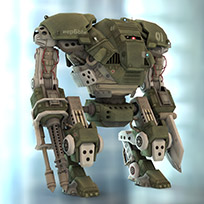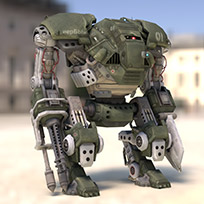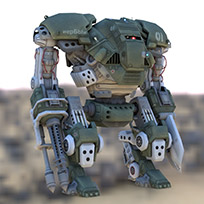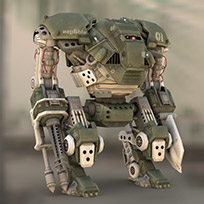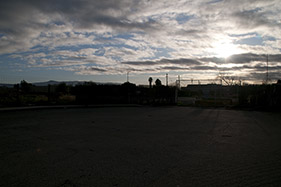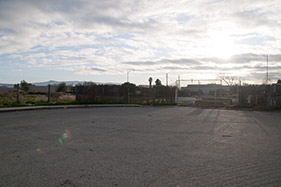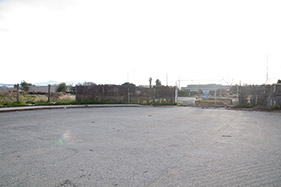Image Based Lighting
Any environment in Modo can be used to light a scene with the addition of Global Illumination, whether it is an image map, a gradient, or even a solid color or procedural texture layer. Individually, layers don't have specific brightness or luminosity settings, but their contribution to a scene can be adjusted by modifying the Opacity value of the layer or globally with the Environment Item > Intensity setting producing brighter, more evenly illuminated scenes or darker scenes, depending on how the settings are adjusted.
When global illumination is combined with High Dynamic Range (HDR) images, incredibly realistic simulations of real world light interaction can be produced, a technique known as image based lighting (IBL). HDR imagery is generated in such a way as to not only capture the colors of a scene but faithfully capture the brightness values as well, creating a dynamic range that far exceeds what most monitors are capable of displaying.
A full 360° panoramic HDR image captures any visible lights, exterior lighting (including the sun), the sky's contribution, and most importantly, bounced light. Modo in turn is able to utilize this extended information and illuminate the scene. Because of HDRs ability to capture such subtleties in a scene, scenes utilizing image based lighting are often indistinguishable from photographs. As a result, they have become extremely popular amongst visual effects artists and art directors wishing to absolutely control every aspect of an advertisers image, and the CAD visualization crowd seeking to produce ever more realistic simulations for planning and marketing purposes.
The following images show a series of IBL renders utilizing the same settings, only the environment image has changed.
|
|
|
|
|
| Robot model images provided by John Hayes. | |||
Where Do HDRIs Come From?
HDR images used for IBL are often comprised of a series of photographs taken of the same scene, with each having a slightly different exposure (length of time the shutter is open). This sequence of images, ranging from extremely dark to extremely bright, are then combined in such a way that for every pixel, a color value and a brightness value can be calculated.
Tip: Photoshop has an automation command Merge to HDR that is capable of doing this; several free tools are available that are capable of doing this as well. See ![]() HDR Labs for more info.
HDR Labs for more info.
|
|
|
|
|
Sky exposure (-2 EV) |
Default Exposure (0 EV) |
Foreground Exposure (+2 EV) |
The resulting HDR image can then be saved in a format that retains this information, such a .exr or .hdr. When loaded into Modo, the brightness information is then extracted and used to illuminate the scene producing an incredibly realistic simulation of the lighting from the original scene.
Note: Formats that support only 16-bit and lower can be used, but they don't retain the brightness values necessary to properly illuminate the scene.
Setting Modo for IBL
A few settings need to be in order first for image based lighting to work in Modo. But don't worry, it's all very easy to set up.
Tip: Don't happen to have any HDR images available? A great alternative that produces equally impressive results is the Physically Based Sky feature. This function can be enabled in the Environment Material item; use the Environment Type dropdown to select it.
